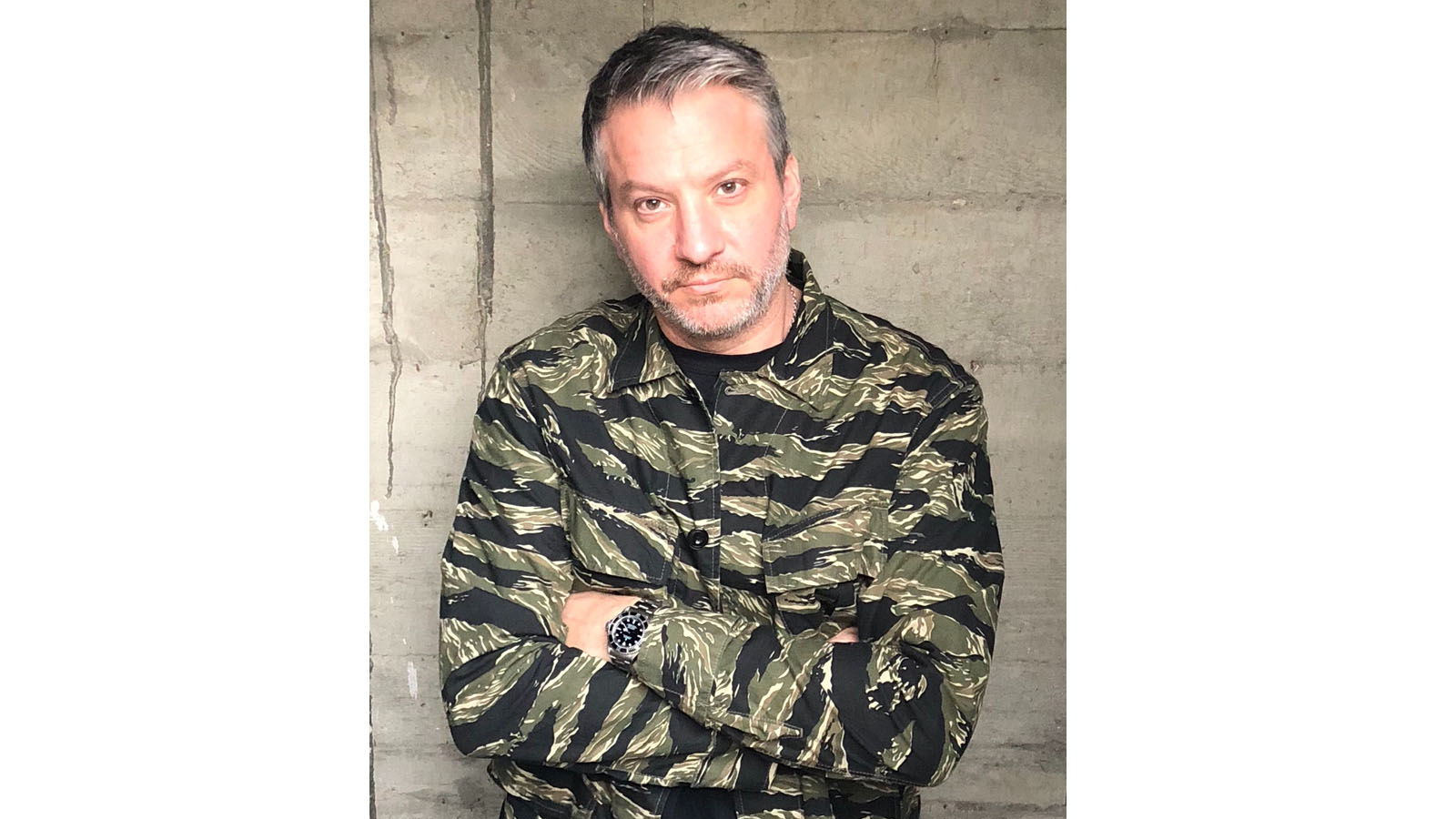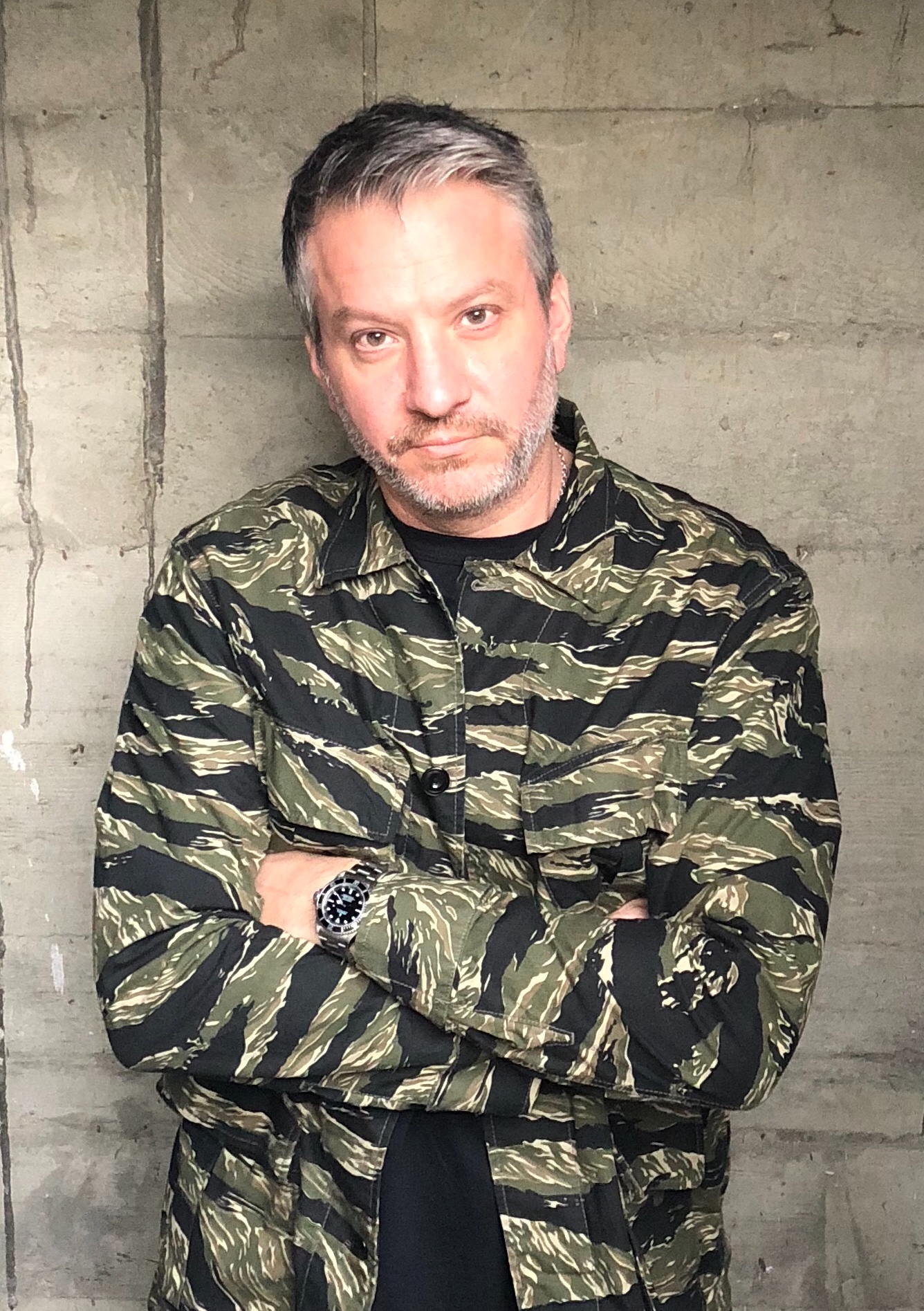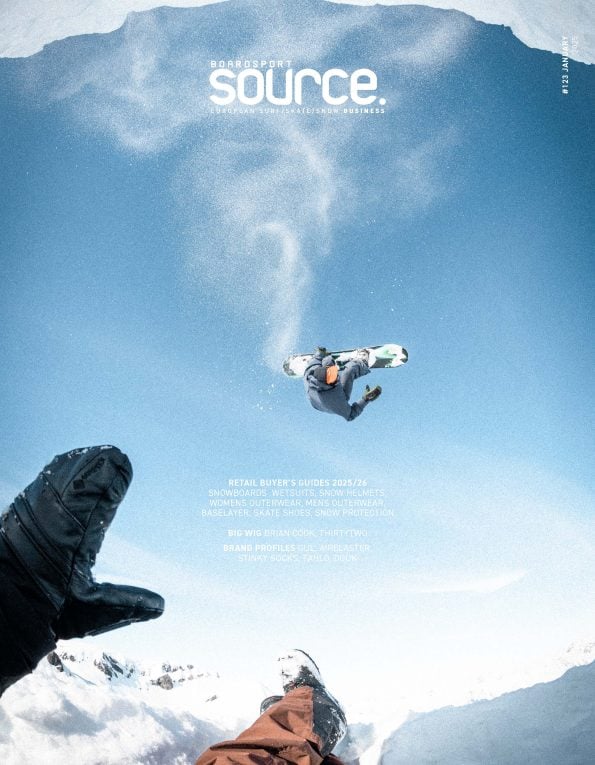
Big Wig Interview: K2’s John Colonna On The Group’s Renewed Focus On Ride & K2 Snowboarding
John Colonna joined K2 Sports as President in January 2018 and his CV reads like a who’s who of action sports brands. Having started out at Burton in the late 90s before going on to work for Rusty, Nike, Levi’s, Converse and now overseeing K2 & Ride Snowboards, John provides us with some fantastic snowboard biz nuggets for issue 95’s Big Wig. A snowboarder through and through, Colonna explains a renewed focus on both brands by the group, he talks taking care of their customers – the retailer, and managing the balance between D2C and wholesale. Interview by Harry Mitchell Thompson.

Please explain your history in action sports and you’ve involvement with the K2 Group.
Without knowing it, my career started at the Ski Chalet in Youngstown, Ohio just after high school. I eventually became manager and buyer over the years, doing everything from boot fitting, to buying, to running bus trips. Ironically, I was brought out to Vashon island in 1993 as a shop rider to experience the K2 brand with about 30 other retailers. We hiked and built kickers while camping on Mt Rainier. The experience really opened my eyes to the industry.
From the shop, through a lot of hustling, I was fortunate enough to get a job at Burton. After a few years I worked my way up to Director of Softgoods. Working closely with Jake and the team was an amazing experience. I had the opportunity to work with some of the biggest hitters in the industry and do some great things.
My next stop was Southern California with Rusty Surfboards where I held the role of VP of Merchandising and Design. To live in California and surf was a childhood dream. I learned a lot both culturally and from trying to keep up with the business complexity of the brand. This position allowed me to dial in the experience needed to get a call from Nike.
My team at Nike was responsible for launching the original Tech Pack and managing collaborations. I held a couple of different roles ranging from working with Nike SB in the US to being connected directly to the Nike Tokyo design studio to create a new sportswear aesthetic for Nike. Another great experience working directly with some of the most influential people in street culture.
After a few years I received a call to join Levi’s to help them get back on track with the younger consumer. As VP Of Merchandising and Design, I was responsible for creating The Levi’s Commuter Collection and resetting the brand in the US. My role evolved into a global role managing the premium segments, collaborations and their pinnacle brands (LVC and Made & Crafted). This led to me living in Amsterdam to manage the pinnacle brands globally. Once back in the states, I was approached by Nike again to work for Converse, which they own.
I relocated to Boston, Massachusetts and took the role of Cons GM to reignite their skate program and unlock new footwear growth. After building some business momentum and re-launching the One Star with Hiroshi Fujiwara, I was asked to take on their Apparel business. Working out of NYC for a couple years, I led the shift into streetwear and relocated the team to the new headquarters in Boston.
When a close friend gave me insight on the K2 Sports opportunity, I had to explore the position given my roots. This opportunity truly leverages my past product, go to market and consumer experiences together.
Can you explain the current setup with K2 Snowboards and Ride? How are they operating in Europe Vs US and other regions?
Our portfolio includes 8 brands – K2, RIDE, LINE, Fulltil, BCA, Atlas, Tubbs and Madshus. The goal is to successfully manage chaos. We are headquartered in Seattle, Washington and most aspects of the brands are managed from there. The core functions of the brands like strategy, product and marketing work globally with our regional teams to keep things aligned. In Europe we have a team who manages execution for all brands.
Snowboarding as a business is a larger percentage of the portfolio. Both brands have solid market share in each region. In Europe I feel we have more potential than we are planning for. Don’t call it a comeback, but it feels like there is a new energy in snowboarding.
How are you streamlining your business (K2 Snowboards and Ride) to maximize efficiency and synergies?
We leverage areas where it makes sense like product line management, some development resources, operations and finance. We definitely approach them as different brands. The core of operations and finance is category based where the front of house is brand specific. We focus on brand health as much as business health in our approach with our portfolio.
Could you explain K2 Snowboarding and Ride’s approach to retail in 2019 and moving forward?
We have a very sophisticated approach… make killer product, deliver on time and drive demand to our retailers. There is a strategy in place for each brand and the focus is on the priorities that makes sense for them.
Ride is in a good place and building momentum globally. They keep it real and push the brand each season. There is a lot of focus on the Warpig right now because it’s working but don’t expect things to calm down. There are new things coming to keep the energy going. The product roadmap is loaded, the team is next level and the marketing doesn’t suck. Their directive on how to approach retail in the future is to keep doing what they are doing.
K2 has made a lot of progress recently. Over the last few years the brand has lacked the attention it deserves, got stuck discounting too much and had minimal product innovation. Now it’s a new day. This is one of our top priorities within K2 Sports and the internal team is being supported to get the brand back. Marketing with help of a great team and some solid execution is driving some needed energy for us. K2 will become more aggressive in driving sell-through for its key partners both short-term and long-term.
How are you implementing a D2C strategy while preserving loyalty with your wholesale consumers?
We are focused on the consumer and their experience. By focusing there, I believe we will find ways to evolve and better serve our customers, the retailers. For us, we are using Quivers to help meet the consumer’s needs while still supporting our retailers and the industry. As the consumer comes to experience our brand directly, we offer the ability to purchase the product and have it fulfilled by a retailer. We are required to elevate our game digitally and from a service component to be successful here. We have been focused on the North American market so far and receiving good feedback from our retailers who are taking advantage of this service.
Which snowboarding trends do you believe will be key over the coming 18 months?
Shapes will continue to create noise and be done by most brands because it’s easy. I feel an innovation moment coming for snowboarding. Freeride, if that’s what we are still calling it, feels like it will lead the charge here. There are some solid brands out there with great talent and experience. As much as the 90s are trending and things feel like they don’t change, the future is here. I see the snowboarding culture as one who embraces if not drives change. Considering the sense of energy being felt in snowboarding now, my gut says people are going to take things to the next level. I may also be saying this because that’s what we are planning to do…
What do you see as the biggest challenges to snowboarding specifically and to winter sports as a whole, and how will you be working to mitigate them?
An obvious one is snow. Pretty sure that global warming thing is real and people should wake up. There are a couple of things that may also be obvious with no clear paths to mitigation also. One is accessibility and tied to that is participation. As I see the industry struggles with this, you can feel it get conservative. I think we need to find a way to begin to broaden our communication and experiences to grow the industry. The more we talk to ourselves, the less we address this issue.
In regards to challenges specific to snowboarding, I don’t see any. I am a snowboarder and my statement may come off as bias, but I believe it to be true. This is a major component of our industry that continues to drive influence and attract progressive consumers into our sports.
Do you have any interesting growth strategies or philosophies you believe the snowboard industry as a whole should be working towards?
I don’t think it’s rocket science or we would all be wearing lab coats. I feel collectively we need to support snowboarding and the culture surrounding it. The bottom line is that this is a business and we all should focus on growth. The less the industry evolves, the more it discounts and the farther way it gets from growing.





